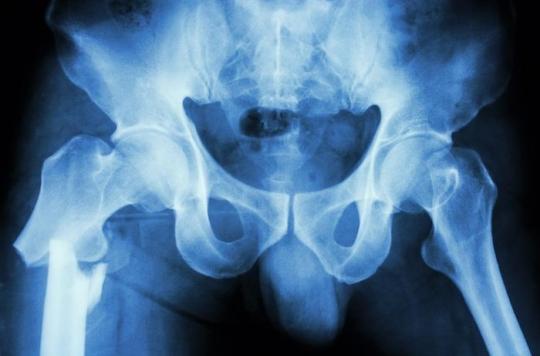General practice screening for osteoporosis with a simple questionnaire could prevent nearly a third of hip fractures in older women, according to a new study from the University of East Anglia.

After a certain age, hip fracture is not compulsory, a reassuring observation because it is very dangerous: 20% of the elderly die today as a result of a hip fracture.
A new study, published in the journal The Lancet, reveals than a simple questionnaire, the FRAX, combined with bone mineral density measurements, would identify those at risk for hip fracture. In the women who agreed to participate in the experiments, this type of screening led to a 28% reduction in hip fractures over a period of five years.
“About one in three women and one in five men over the age of 50 will suffer from a fragility fracture in their lifetime,” said Lee Shepstone, principal investigator of the study. “This proves the urgency that exists around this phenomenon”.
FRAX screening prevents fractures
A hip fracture at this age can be devastating as it very often leads to loss of autonomy with less than a third of patients making a full recovery. Worse, the death rate one year after hip fracture is around 20%. “We wanted to know if screening, like what is done for breast cancer, could help identify those at risk for hip fractures,” says Lee Shepstone.
While such screening has not made it possible to reduce the frequency of all osteoporosis-related fractures (vertebra, arms, ribs, etc. in addition to the hip), previous studies signaled strong suspicions that it could result reduction of hip fractures.
In the screening group, there are 54 fewer women who have had one or more hip fractures compared to the standard care group.
Much to Lee Shepstone’s delight: “As the number of hip fractures is expected to increase as the population ages, the results of this study potentially have important implications for public health.”

.

















